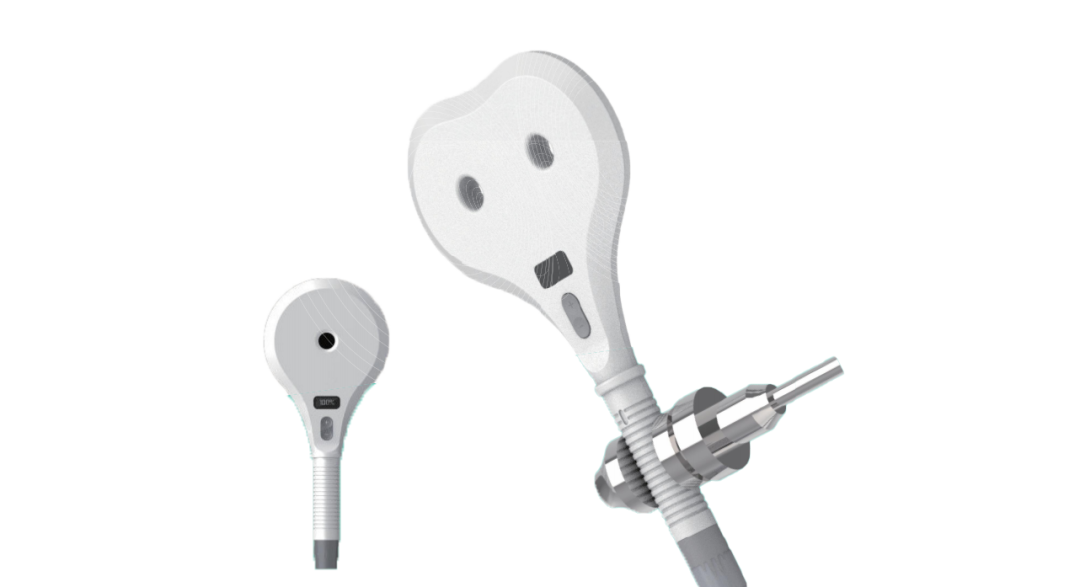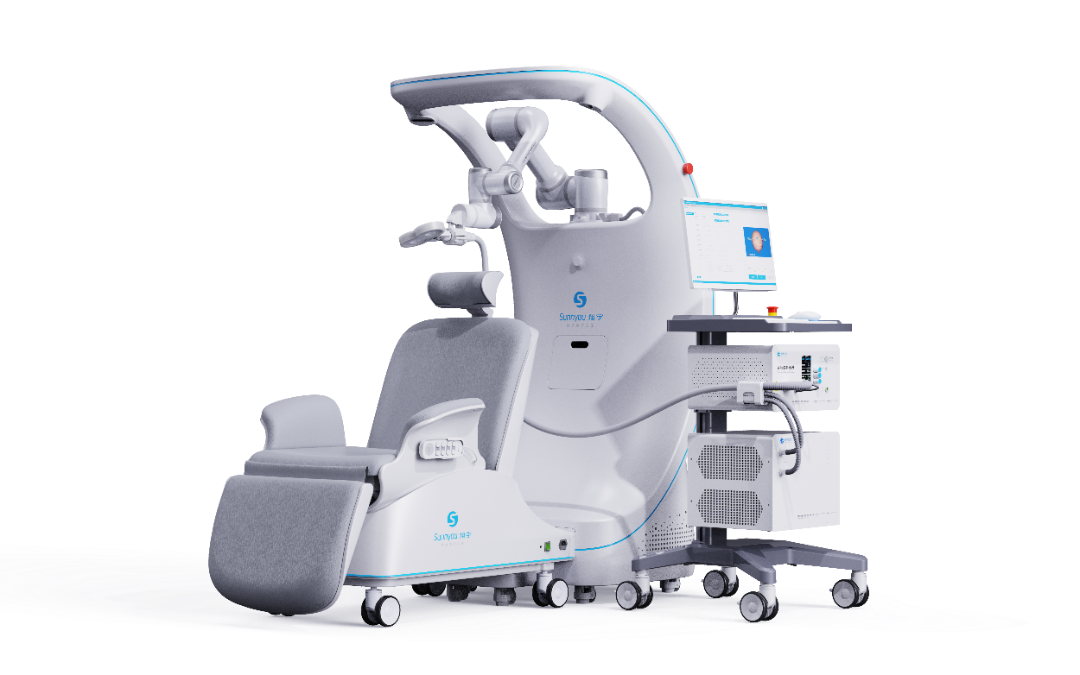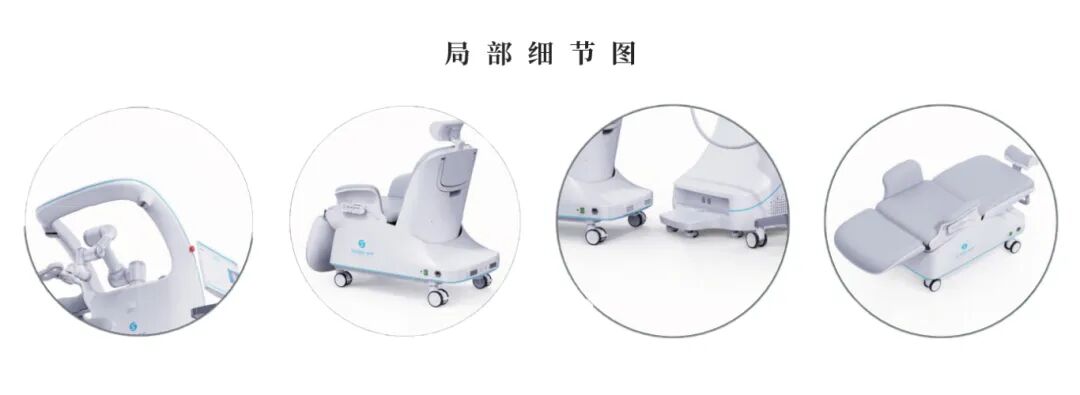Transcranial Magnetic Stimulator
XY-K-JLC-DR
Neuroscience Laboratory – “Neuroregulation Flagship Product”
TMS Technology
Transcranial Magnetic Stimulation (TMS) therapy utilizes time-varying pulsed magnetic fields to act on the central nervous system (primarily the brain), altering the membrane potential of cortical neurons to induce electric currents, affecting brain metabolism and neural electrical activity, thereby triggering a series of physiological and biochemical responses.

TMS is a non-invasive procedure with minimal discomfort for the patient and a wide range of applications. It is commonly used in clinical settings for the rehabilitation of various neurological and psychiatric disorders, showing great potential for future applications.
01TMS Technology Has Wide Applications Across Multiple Departments
The application range of TMS exceeds expectations, covering multiple fields such as neurological rehabilitation and psychiatric rehabilitation.
Psychiatry
Medication-resistant depression, anxiety disorders, mania, obsessive-compulsive disorder, post-traumatic stress disorder, schizophrenia, hallucinations, tinnitus, sleep disorders, etc.
Neurology
Epilepsy, Alzheimer’s disease, Parkinson’s disease, dystonia, motor neuron diseases, multiple sclerosis, migraines, etc.
Rehabilitation
Stroke, spinal cord injury, fibromyalgia, peripheral nerve injury, motor dysfunction, swallowing disorders, aphasia, etc.
Pediatrics
Autism spectrum disorders, cerebral palsy, attention deficit hyperactivity disorder, epilepsy, etc.
02Technology Empowers Medicine, Accurately Targeting Brain Nerves
Breaking the limitations of traditional treatments! The Xiangyu Medical Neuroscience Laboratory’s “Neuroregulation Flagship Product” –Transcranial Magnetic Stimulatormakes a stunning debut, using “magnet” as the pen and “AI robots” as the eyes and hands, opening a new intelligent era for the treatment of brain diseases!

Yuxie Approval No. 20202091626
Yuxie Guangshen (Document) No. 260329-20829
Transcranial Magnetic Stimulator (XY-K-JLC-DR): Integrated design of intelligent navigation positioning robotic arm and transcranial magnetic stimulator,applicable for stimulating the central and peripheral nervous systems, used for the detection, assessment, and improvement of central and peripheral nerve functions, and for the auxiliary treatment of brain nerve and nerve injury diseases.
 Four Core Advantages Redefining Precision Treatment
Four Core Advantages Redefining Precision Treatment
Intelligent Navigation – One Step Ahead
Combining machine vision and deep learning technology, AI intelligent positioning is faster and more accurate than traditional positioning methods, allowing treatment to go from “finding the location” to “starting immediately”!
Dynamic Tracking – Steady as a Rock
Intelligent motion trajectory prediction algorithm captures millisecond-level displacement changes in real-time, allowing for dynamic following even if the patient moves involuntarily, eliminating the worry of “off-target”.
Fivefold Protection – Safe as a Mountain
Intelligent collision warning + electromagnetic monitoring + emergency stop protection + motion trajectory recall + abnormal power-off protection, a medical-grade protection system.
Open Compatibility – Saving Time and Effort
Compatible with all wheelchair models on the market, can be quickly disassembled and transported;
Compatible with various brands of transcranial magnetic stimulators;
Designed to comply with clinical operation pathways, reducing operational errors;
Intelligent navigation robotic arm, intelligent positioning, navigation, real-time following stimulation, reducing the workload of therapists.

Xiangyu Medical Transcranial Magnetic StimulatorXY-K-JLC-DR, making patient treatment positions more scientific, making operations easier for therapists, and standardizing the treatment process! AI technology empowers non-invasive brain nerve rehabilitation, opening a new era of intelligent transcranial magnetic treatment!
Please read the product manual carefully
or use under the guidance of medical personnel
Contraindications or precautions are detailed in the manual
This article is for informational sharing only and should not be used for any diagnostic or treatment purposes. For medical advice, please consult a professional doctor.

Article by | Manager Xiang
Editor | Gao Xiaoxue
Proofreader | Yang Yefan
Reviewed by |Kahlan Xia